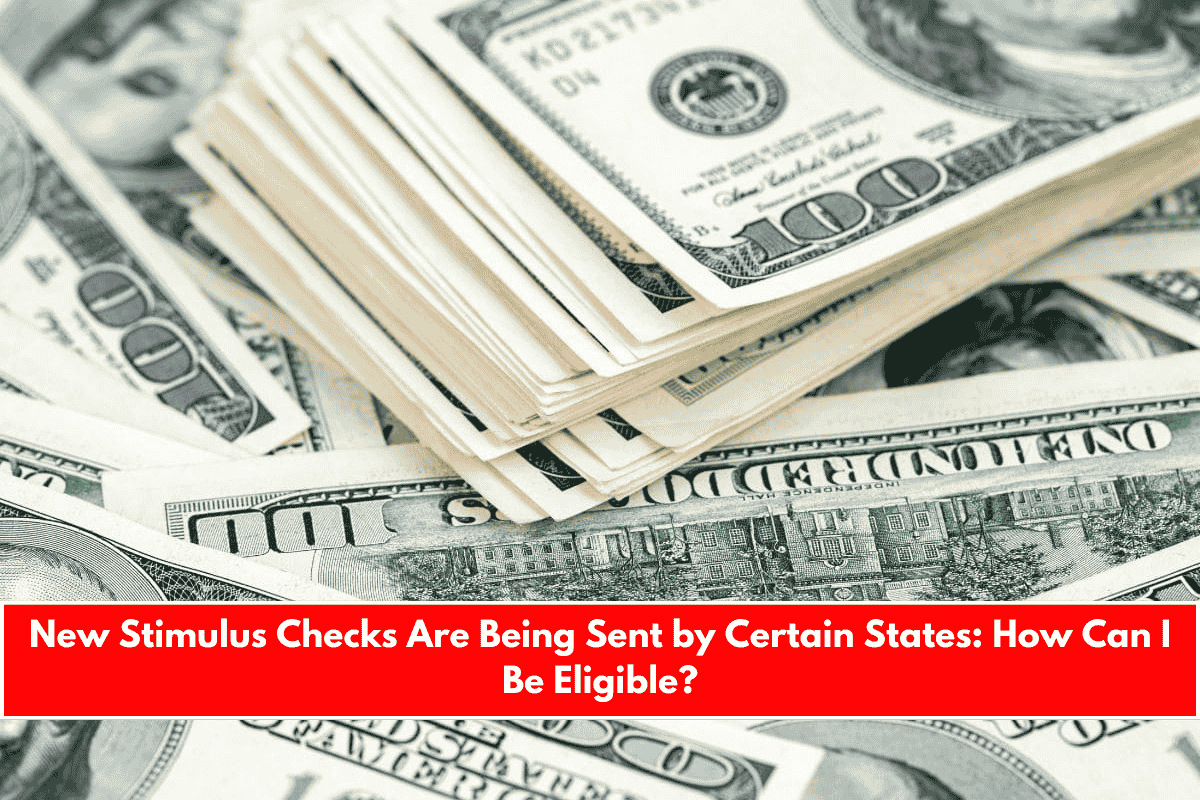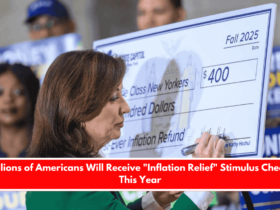In recent years, stimulus checks have become a crucial financial lifeline for millions of families in the United States. As the pandemic caused widespread economic uncertainty, federal and state governments took action to help those in need.
While many of the federal programs have ended, some states continue to provide financial support to their residents, using state funds or surplus money from previous programs.
These efforts aim to protect vulnerable households, including low-income families, seniors, and those with young children. Here’s an overview of the states currently offering economic assistance through stimulus checks and other local initiatives.
Which States Are Sending Stimulus Checks?
Several states have introduced or extended their own assistance programs to help families facing financial difficulties. These programs vary by state, and each has specific requirements. Below are the most notable programs currently available:
Colorado: TABOR Refund
Colorado has introduced the TABOR Refund, offering one-time assistance to state residents. The amount depends on your tax filing status:
- $800 for individuals
- $1,600 for those filing jointly
To qualify for the TABOR Refund, you must have filed your 2024 state tax return. Payments will be made between March and June 2025, depending on when your tax return is processed.
This initiative is part of Colorado’s commitment to providing support during tough economic times, especially for those who have paid state taxes.
California: First the Family Pilot Program
California has launched the First the Family Pilot Program, a targeted initiative that provides monthly payments of $725 to eligible families. This program is designed to support families with young children, particularly those living in certain parts of the state. To qualify, families must meet the following criteria:
- Households with children aged 0 to 5.
- Only available in specific zip codes in Los Angeles, Fresno, and San Bernardino.
This program is part of California’s broader effort to reduce child poverty and provide financial assistance to the most vulnerable communities. While the program is limited to certain areas, it represents a continued push to address economic inequality at the state level.

Pennsylvania: Property Tax and Rent Relief
Pennsylvania is offering the Property Tax and Rent Relief program, which aims to assist seniors and people with disabilities who are struggling with high housing costs. The program provides:
- Up to $800 in relief for eligible seniors or people with disabilities.
- Homeowners must have an annual income below $35,000.
- Tenants must have an annual income below $15,000.
The goal of this program is to ease the burden of high housing costs and basic service expenses, making it more affordable for low-income seniors and people with disabilities to live independently.
What Does This Mean for You?
Although these programs won’t benefit all Americans, they provide crucial financial support for those who qualify. Each program has specific eligibility requirements, so it’s important to check if you or your household can take advantage of these opportunities.
If the results of these state initiatives are successful, it’s likely that other regions will introduce similar programs to provide further financial relief to residents.
State-level economic assistance programs are continuing to provide important financial support for those in need, especially in times of economic uncertainty.
Whether it’s through TABOR Refunds in Colorado, the First the Family Pilot Program in California, or Property Tax and Rent Relief in Pennsylvania, these programs aim to make a significant difference in the monthly budgets of those who qualify.
It’s important to stay informed about these programs, as they can offer valuable help during tough times. If successful, more states may consider introducing similar initiatives to support their residents.











Leave a Reply